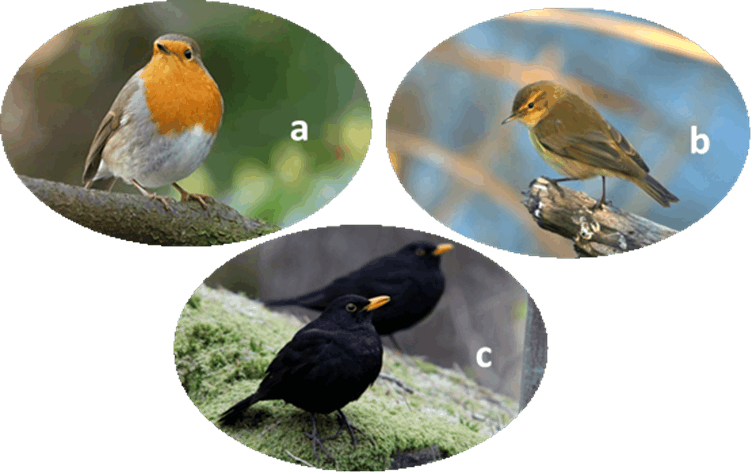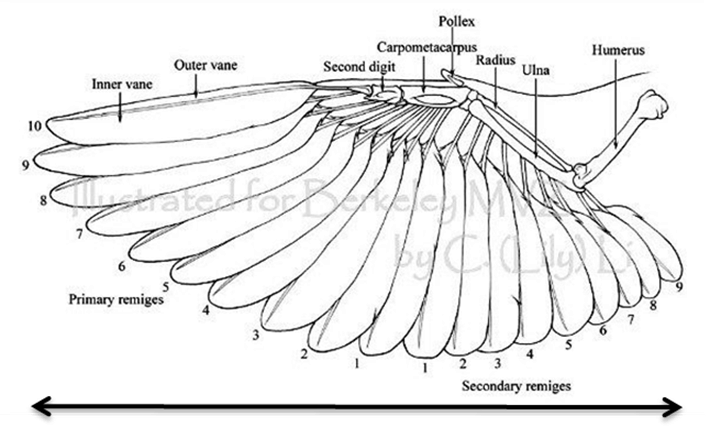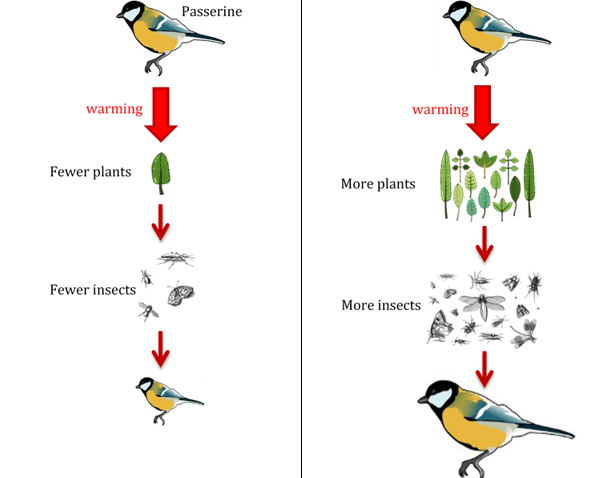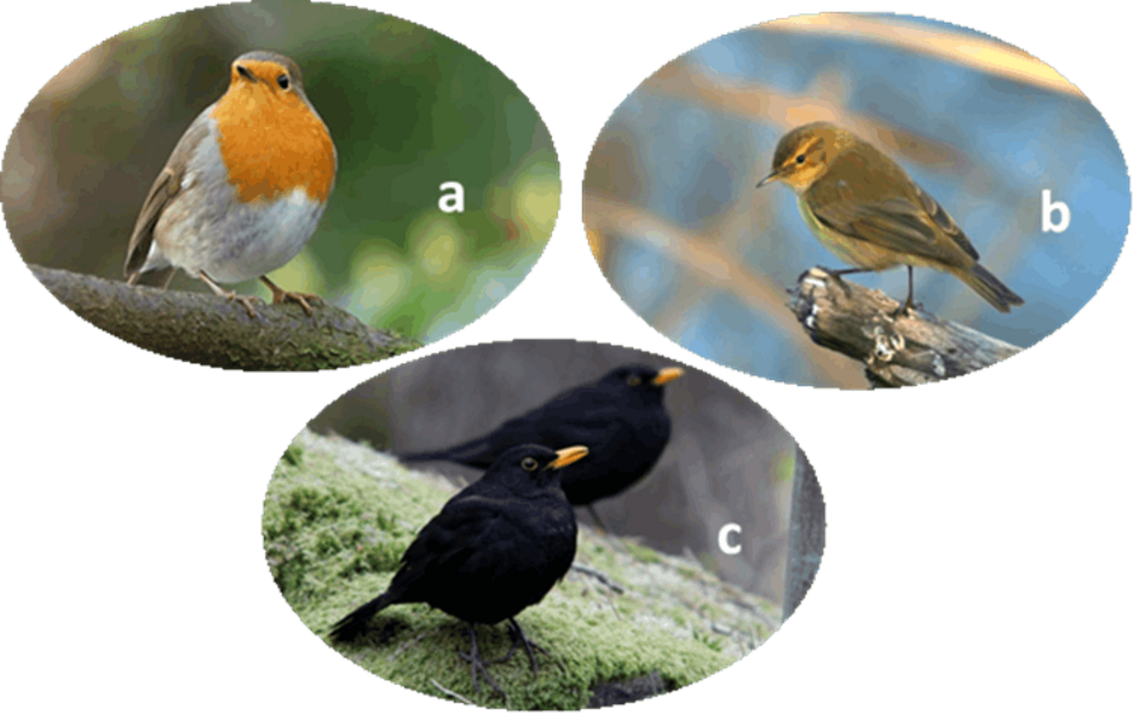The influence of climate change on songbirds in France
Publié par Journal Décoder, le 13 juin 2022 1.9k
Nicolas DUBOS1 (chercheur)la classe de DNL du collège Jean Racine à Château-Thierry et Fanny BITAULD2 (professeur des SVT et de DNL ; la liste des élèves est mentionnée en fin d’article).
Institutions: 1CIBIO, Research Centre in Biodiversity and Genetic Resources, InBIO, Universidade do Porto, Campus Agrário de Vairão, Rua Padre Armando Quintas, No 7, 4485-661 Vairão, Portugal
2 Collège Jean Racine, 24 Rue Paul Doucet, 02400 Château-Thierry
I. Introduction
Nicolas Dubos is a researcher in ecology specialised in climate change effects on biodiversity. He studied at the Muséum d’histoire naturelle and published an article in Global Ecology and Biogeography about “the contrasting effects of climate warming on French birds”.
He asked the following question: Are climate change effects homogenous across the world?
According to Nicolas Dubos, climate change effects are more negative in warm regions
To answer this question, he analysed data on nine species of songbird in France.
His first hypothesis is that birds reduce their size as temperature increases, but in warm regions only. During the hot season, bird’ metabolism[1] spends more energy to avoid overheat, causing the body to run out of energy for body growth. Besides, during the hot seasons, the availability of food in the ecosystem is reduced, which makes foraging very difficult.
His second hypothesis is that birds increase their size with rising temperatures in cold regions. During the spring, the cold is more constraining than the heat in these regions, and an increase in temperature may benefit juvenile birds. Warmer conditions would result in energy saving, and bird’ metabolism would invest more energy into body growth. The effect on food availability is also reversed compared to warm regions: since the rain is not limiting in cold regions, warmer conditions would benefit plant growth, insect activity and hence, food availability in the ecosystem.
What are songbirds?
Passerines represents the largest group of bird species. They are scattered throughout the planet, with the exception of the Antarctica. Passerines gather one third of French birds and two thirds of the world’s avian fauna. Divided into 69 families, passerines are qualified as songbirds and have complex muscles to control their syrinx allowing to produce vocalisation. Most of them are anisodactyl; they have four fingers, three of which point forwards and the last backwards. Passerine’ eggs are often colored and the chicks born naked and blind. Their diet and their morphology vary according to the species and the season. Most of them are insectivorous during spring and granivorous during winter. Members of this group range in size from 14 to 28 centimeters.


II. Methods
The authors used a statistical model to measure the effect of temperature anomaly on passerine body size and tested for a difference of effect between hot and cold areas. They used data from a national bird survey to test whether the effect of temperature anomaly reverses through latitude (in 204 studies sites). They used the size of the wings as an indicator of the overall body size because both measures are related, and wing length is the most frequent measure, i.e with the biggest data, allowing to produce robust statistics. For the same reason, they used the 9 species with the largest data available: Acrocephalus scirpaceus, Aegithalos caudialus, Cyanystes caeruleus, Erithacus rubecula, Parus major, Phylloscopus collybita, Sylvia atricapilla, Sylvia communis and Turdus merla.


III. Results
Direct effect : the bird’s thermoregulation
| In the hot areas of France During the spring : 16,9 – 19,58°C | In the cold areas of France: During the spring : 8,37 – 11,01°C |
| Left side of the Figure below | Right side of the Figure below |
| In hot regions (Mediterranean), the hotter the spring, the more energy using for thermoregulation. Birds have to spend energy to cool down the temperature of their body | In cold regions of France, global warming induces energy saving thermoregulation, which can be invested in growth. Birds are less hot so they need to spend less energy to cool down their body and they can use this energy to grow. In the most extreme cases, warming represents an energy gain, leading to larger body size. |
Indirect effect : the amount of food available
| In the hot areas of France During the spring : 16,9 – 19,58°C | In the cold areas of France: During the spring : 8,37 – 11,01°C |
| Left side of the Figure below | Right side of the Figure below |
| In hot regions (Mediterranean), the hotter the spring, the least is food search activity for chicks. Moreover, rainfall is lesser, implying fewer plants and insects. Consequently juvenile growth is hampered due to the fewer nutrient content in the environment. At the hottest areas in France, birds respond to climate change by shrinking. | In cold regions of France, global warming induces energy saving for thermoregulation, which can be invested in growth. As the rain is not limiting in the north, rain and warmer temperatures promote the development of plants and therefore insects. At the colder places in France, there is more food in warm years, so juveniles respond to climate change by growing more than usual. |


IV. Conclusion
Passerines respond to climate change by either reducing, maintaining or increasing their size. It can be explained by contrasting effects of heat on the food availability in the environment (plants, insects,…). Juveniles grow less during hot years but only in the southern part of France. Heat and drought are the main pressures in areas that are closer to the equator. Birds living in hot areas live closer to their upper tolerance boundary, and a slight warming may push them out of their comfort zone.
With this research, we conclude that species that are closer to the equator are therefore more vulnerable, are more at risk of extinction. Hence we have to keep a closer eye on them.
He recaps his research with Benjamin Freeman (Universty of British Columbia) in a rap clip!!
https://www.youtube.com/watch?v=7M-YdF6zLP0
Élèves impliqués dans le travail d’écriture (par ordre alphabétique):
Ont participé au travail d’écriture de cet article, en collaboration avec Nicolas DUBOS (chercheur en écologie) : BUSATO Nathan, COLLET Benjamin, DJOULDEM Amanda, FRERE Mathéo, GUICHARD Lorenzo, JACOB Gislain, MONNET Kimberley et PEUGNIEZ Nolan
*****
Vous pouvez retrouver tous nos articles ici !




